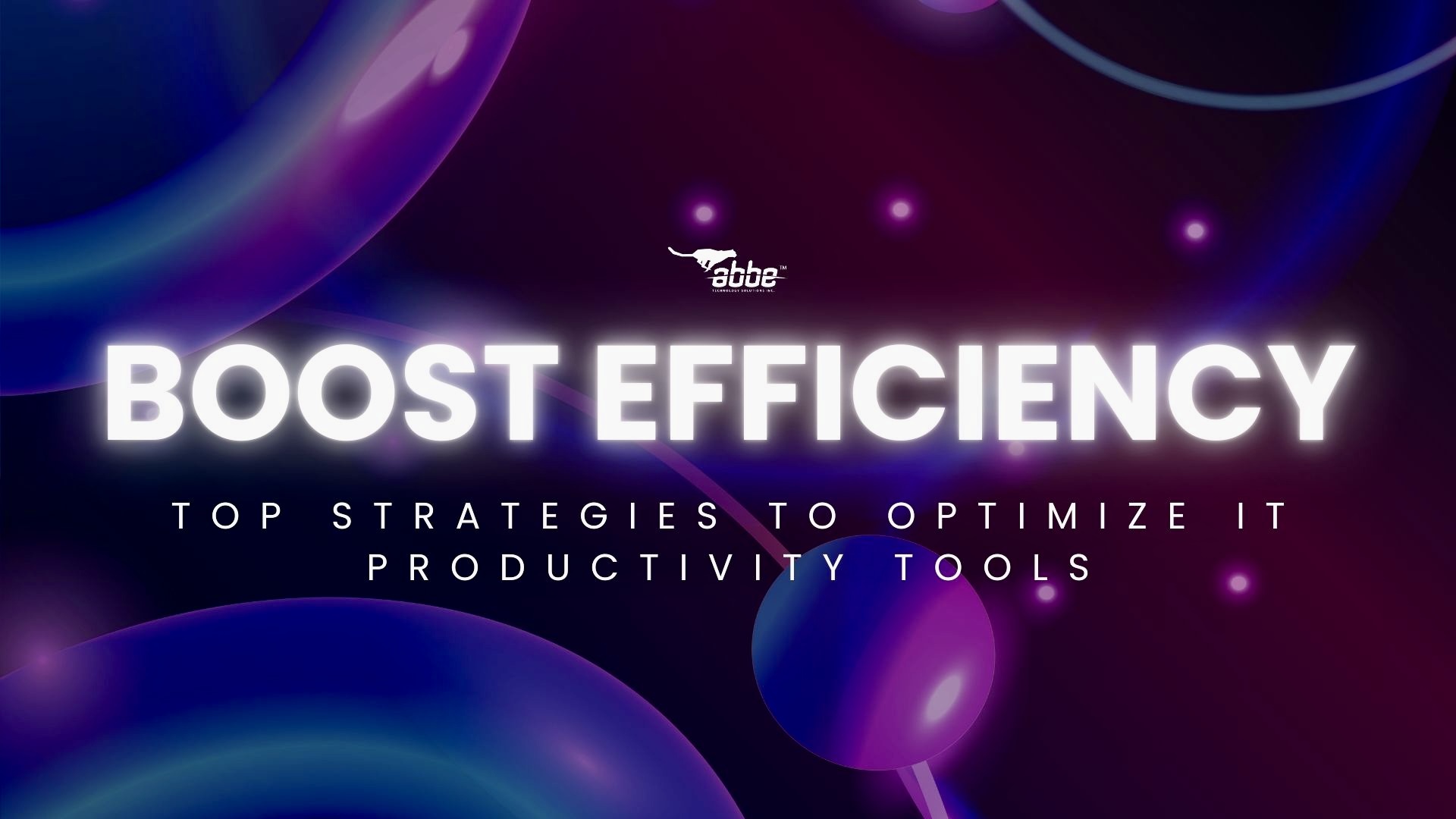1. Understand Organizational Needs
• Assess Requirements: Identify what the team or organization needs in terms of collaboration, task management, communication, and project tracking.
• Map Tools to Needs: Choose tools that specifically address these needs. Avoid overloading the team with tools that offer overlapping functionalities.
2. Centralize Tools
• Consolidate Platforms: Use tools that integrate well with each other (e.g., Microsoft 365, Google Workspace, or Atlassian Suite). This minimizes switching between platforms.
• Unified Dashboards: Implement dashboards or tools like Slack, Microsoft Teams, or Zapier to centralize notifications and updates.
3. Automate Repetitive Tasks
• Use Automation Features: Leverage tools like Zapier, Microsoft Power Automate, or custom scripts to automate workflows.
• Streamline Processes: Automate reporting, data entry, and recurring communications to save time.
4. Train Your Team
• Provide Training: Ensure users are trained in the tools’ advanced features, not just the basics.
• Create Guidelines: Develop best practices and standard operating procedures (SOPs) for tool usage.
5. Enable Collaboration
• Real-Time Collaboration Tools: Use tools like Google Docs, Microsoft Teams, or Notion for collaborative editing and file sharing.
• Communication Integration: Connect project management tools (e.g., Asana, Trello) with communication tools to keep discussions and tasks aligned.
6. Regularly Review Tool Effectiveness
• Conduct Feedback Sessions: Periodically ask team members if the tools are helping or hindering productivity.
• Analytics and Insights: Use built-in analytics features to measure usage and effectiveness (e.g., activity logs or task completion rates).
7. Keep Tools Updated
• Software Updates: Ensure all tools are up to date with the latest features and security patches.
• Adapt to New Needs: As the organization grows, reevaluate and switch to tools that better match evolving requirements.
8. Focus on Security and Accessibility
• Access Management: Use role-based permissions to ensure users only access relevant data.
• Cloud Storage: Use cloud-based tools for easy access and backup (e.g., Google Drive, OneDrive).
9. Leverage Integrations
• API Connections: Use integrations between tools to enable seamless data flow (e.g., connecting CRM software to email tools).
• Third-Party Plugins: Add plugins or extensions to enhance core tool functionality.
10. Encourage Accountability
• Transparency: Use project management tools to track progress and deadlines visibly.
• Gamification: Introduce productivity challenges or recognition for tool utilization to motivate adoption.
